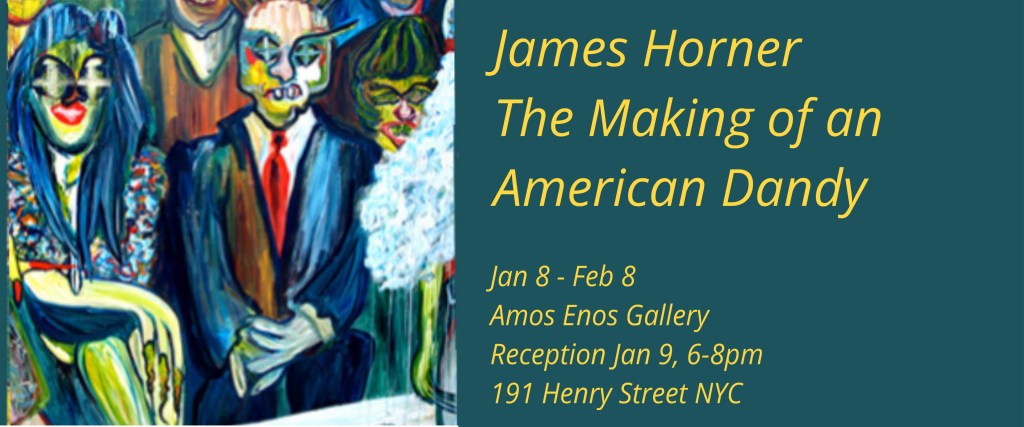
Contributed by Sharon Butler / When Brooklyn artist Jennifer Riley began making large-scale abstract paintings using discarded laser-cut pieces of steel, she connected with a century of artists preoccupied with the deconstructed machine. They ranged from post-World War I Dadaists like Raoul Hausmann and Francis Picabia whose images of humans were crafted from machine parts, to the speed-loving Futurists, to 1950s scrap-material artists who included Melvin Edwards and Louise Nevelson. The templates that Riley adopted had been used as patterns for manufacturing engines of cars, tractors, submarines, airplanes, generators, and other industrial equipment. She selected patterns with qualities and oddly curvy, zoomorphic shapes rather than rigidly geometric ones.


Fittingly, Riley’s painting pantheon features abstract painters like Helen Frankenthaler, Willem de Kooning, and Joan Mitchell. Riley revels in process as they did, covering large-scale canvases with transparent veils of poured paint on which she projects scaled-up images of the templates. The pattern — which is often symmetrical — gives the ethereal poured paint order and weight while creating a geometric oppositional force to counter its lightness and fluidity.”My approach ranges from a loose kind of realism attained through applying flat areas of color and staining, to more improvisational passages that feature both additive and subtractive applications of opaque, sometimes thick paint.” In Riley’s hands, patterns that once dictated an assembly-line process designed to ensure sameness are retired from their humble industrial roots and repurposed to inform a more intuitive process of construction: maybe this, maybe that; we’ll see. The geometric shapes, now decontextualized, archly refer to form or purpose without articulating it.
Slowly, as Riley enhances and diminishes the overlaid shapes, she animates the ostensibly lifeless templates, and a shifting relationship between the layers emerges. For the painting to work as an organic whole, many small pieces must operate in synchronicity — indeed, like a machine. The use of the industrial shapes to generate abstract images recalls sculptor David Smith’s “Spray” paintings. During the 1950s, in his Bolton Landing studio, he built life-size figurative forms from scraps of metal and old machine parts. Before welding the pieces together, he would use them as stencils to make paintings and studies with newly-invented commercial aerosol enamel. In Riley’s work, though the pieces start as flattened forms, a similar sense of displacement and surprise arises.

Tamara Gonzales, who airbrushes over lace on brash abstract canvases, and Charline von Heyl also work with forms transformed through flatness. Riley, for her part, deploys a palette of light, transparent color to situate the engine patterns outside their initial utilitarian scope, coaxing a transcendent softness out of hard-edge lines and curves. Elevating beauty and transformation over existential anxiety and the darkness frequently associated with industrial ambition, Riley seems to be taking us down a decidedly and unexpectedly optimistic post-industrial path. Perhaps, she suggests, our best days lie ahead.
NOTE: This essay was originally commissioned for “Jennifer Riley: Machine Series Paintings,” presented by Silas von Morisse @ ChaShaMa, New York, NY. November 28 through December 15, 2018.






















